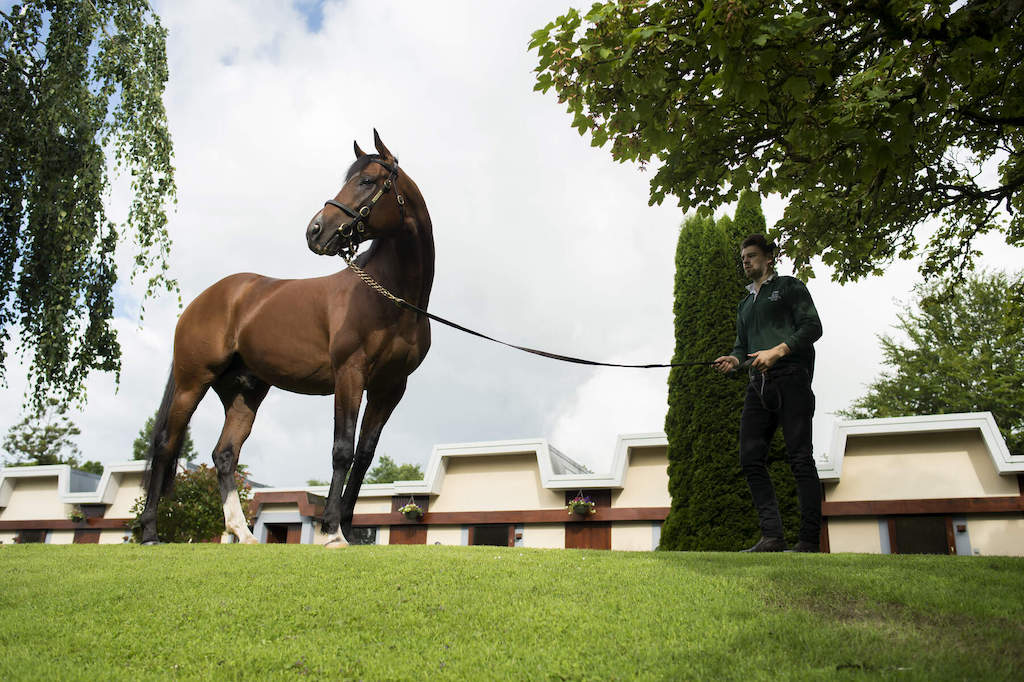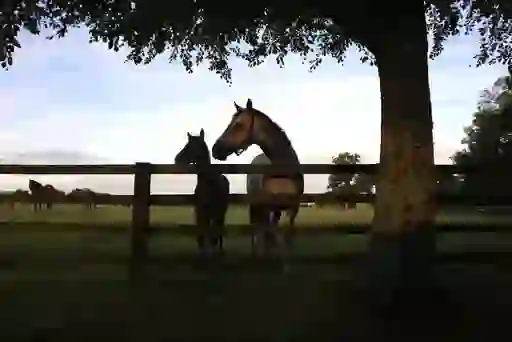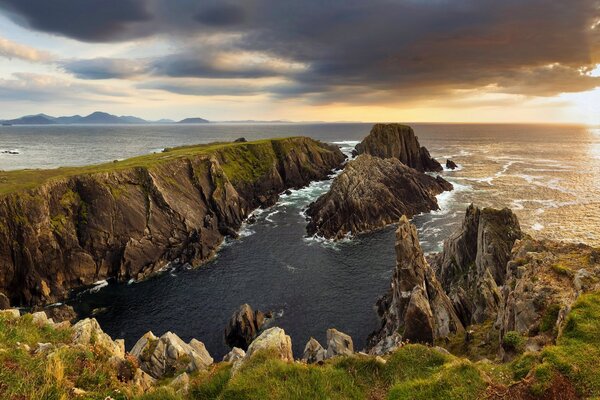

The stallions and the stars


Irish National Stud & Gardens, County Kildare. ⒸShutterstock
Designed by Anthony Scott, Sea the Stars is a hollow sphere with zodiac signs, constellations and a foal. It reflects the royal connection that this prestigious farm has had over the last 120 years, and, more specifically, represents the fascinating character of its founder: Colonel William Hall Walker.
In a place where an animal can be worth the price of an island, the legacy of the Colonel still stands as the most interesting thread in a story of stallions and stars.


Colonel William Hall Walker, Irish National Stud & Gardens, County Kildare. ⒸShutterstock
While stationed in India with the British Army, Walker developed a fascination with Eastern philosophies, including Buddhism and astrology. In 1900, he bought the land at Tully in Kildare. Today, his eccentric fingerprints are all over the stud and its Japanese Gardens.
Over 110 years later, Walker's unusual strategies are as vital to the stud's success as the limestone-rich soil it sits on.
Even the centre's leaflets note that Walker's policies have been described over the years as "inspired", "eccentric", and even "preposterous".
Preposterous seems harsh. Maybe, though, it struck a nerve with trainers whose advice on foals was disregarded in favour of their astrological chart.


Irish National Stud & Gardens, County Kildare. ⒸShutterstock
The Colonel meticulously recorded a foal's time of birth, and drew up the birth charts himself. If he didn't like the stars, regardless of bloodline, the foal would be sold immediately.
In the stud's Horse Museum, a horoscope book in a glass display cabinet lies open on the chart of a bay colt named Lord of the Sea. The verdict is not good: "Saturn in his 5th House… makes him very little good for racing or stud purposes... no good at all except for selling."
In the stables, skylights that were installed on the Colonel's insistence that horses be able to see the moonlight and stars, are still visible.
The birth of the gardenBringing master horticulturist Tassa Eida and his family from Japan to design the gardens is a testament to the Colonel's grand plans.
Through trees, plants, flowers, lawns, rocks and water, the gardens symbolise the Life of Man. Hundreds of tons of rock were carted from Silliot Hill and large mature Scots Pines were transplanted from Dunmurray in Belfast. Eida’s brother lived in Japan during this time, and between them, they organised a chartered cargo from Japan to bring stone lanterns, plants, bonsai, and a teahouse from Fujiyama to Tully.


Irish National Stud & Gardens, County Kildare. ⒸShutterstock
This mix of beautiful gardens and excellent stallions attracted guests from all over the world.
One of those guests was Aga Khan III. Some say the Colonel's greatest contribution to bloodstock was introducing Khan to racing. He became a great investor in Irish breeding, just like his grandson Aga Khan IV, today.
One of Queen Elizabeth's favourite horses, Epsom winner Carrozza, was loaned to her by the stud. On her visit, she would have been aware of the stud's characters and stories, and the enigmatic figure behind them.
Sculptor Anthony Scott spoke to Her Majesty at the unveiling of his sculpture for the Colonel. "She called it 'ingenious'", he said. As a one-word tribute to the Colonel, it's not bad.














































